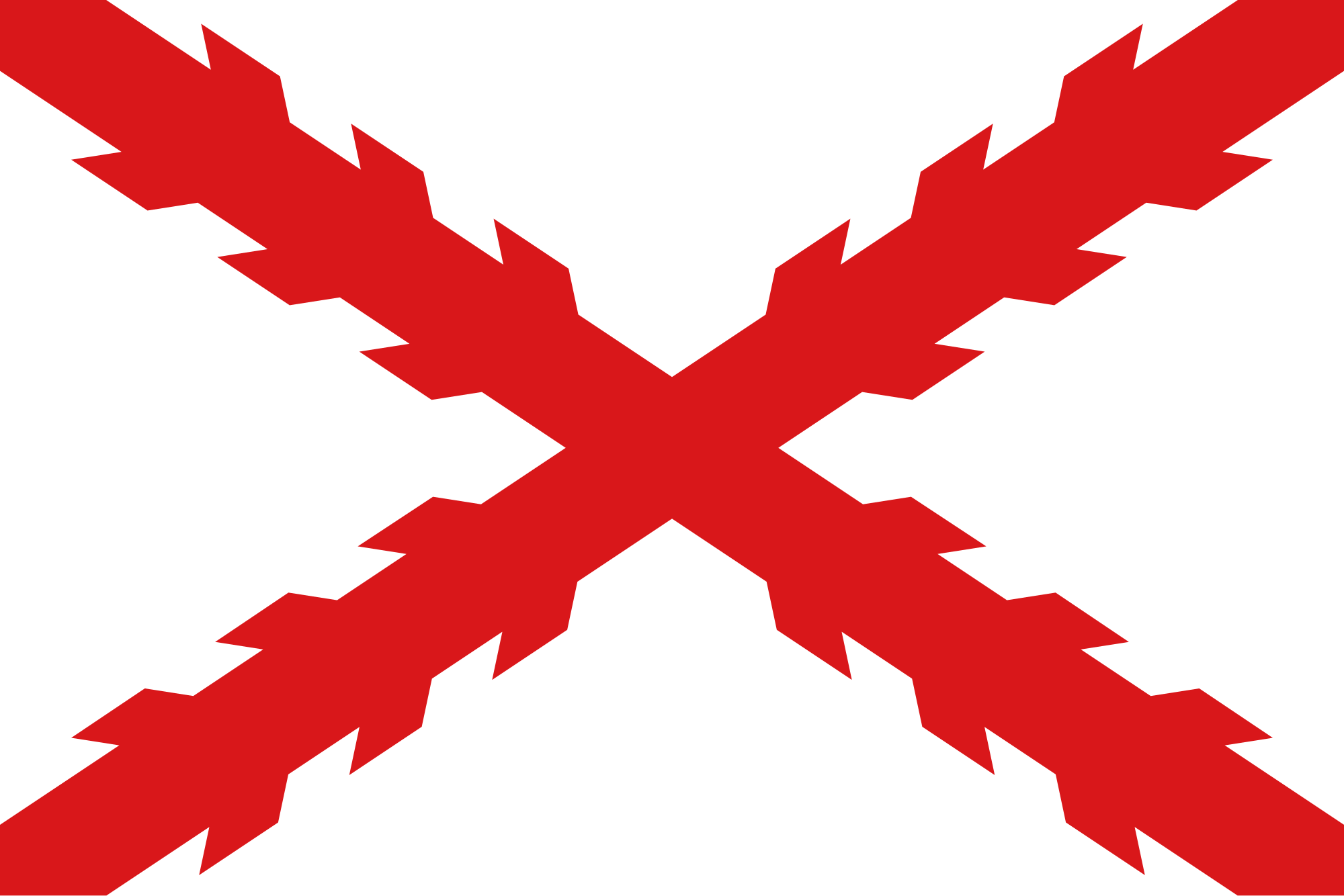The year is 1521, and Europe has been shaken by the recent discovery of an entirely new world across the Atlantic. The massive new landmass has attracted the attention of people all across the continent, for the potential of trade and land in this mysterious new world.
But this is not the America that we are familiar with.
Time was kinder to the Americas and blessed her with beasts for her people to cultivate and grow alongside. Horses, Camels, Llamas and cattle exist throughout the Americas, and the people have made good use of them. Civilization thrives in these new lands, and these civilizations are as shaken by their first contact with Europeans as the Europeans are with them. How they will respond to the discovery of a world beyond their own is anyone's guess. Welcome
A World Away is a Nation RP set shortly after the discovery of the Americas by Europeans. However, the Americas are quite different in this timeline. Domesticatable animals in the Americas and wider spread of agriculture are found in this incarnation of the continents, specifically the Horse (Equus Scotti) all across the two continents, Camelops in the Western part of North America. There are also domesticatable livestock animals like Oxen, ect. as well as the adoption of Corn, American Rice, Maygrass, and other grains as staple foods across the continents.
Players are allowed to join in one of two groups.
1) European Powers, looking to engage in trade and conquest of these newly discovered lands
2) The Indigenous Nations
Europeans are mostly identical to their OTL counterparts and retain their technological levels, territories, and histories. They are technologically better than the indigenous nations, but the technology gap is not as extreme as in our timeline.
Indigenous Americans are not defined at the beginning of the game and are completely up to the players to create. I encourage players to work together to create a cohesive internal history of the Americas. Work with each other to interweave everyone's history. Americans are divided into technological tiers, which I will explain below, based on their location and their lifestyle.
Technology TiersThe nations of the game are divided into the following tiers:
European: The most technologically advanced tier. Europeans are at a median technological level akin to the 1500s, give or take.
Mesoamerican: The most technologically advanced Americans, these nations are akin to the 11th century in Europe.
Urban: Urban civilizations are, as the name implies, those nations that live a primarily urban-agricultural lifestyle. These include the peoples around the Mississipi River, the coasts of the Americas, and the most advanced nations in South America around the Andes. Urban civilizations are comparable to 9th century Europeans in terms of technology.
Tribal: Tribal civilzations are those that live in areas where agriculture is sparse or not advanced. These people are comparable to Central Africans contemporary to them in terms of technology, and are found mostly in the Amazon, or in the far northern Tundra in the polar circle.
Nomad: Nomads are comparable to the Nomadic Steppe peoples of the 800s in Eurasia. These people are primarily pastoral nomads and are found near exclusively in North America, in the western steppes and deserts.
Profile: North AmericaNorth America is home to the most advanced civilizations in the Americas. Mesoamerica lies at the heart of this region's development, being its cradle. Likewise, the Mississipi acts as a transmitter of sorts to spread information east. Unlike Eurasia, the landscape of North America is not ideal for the transmission of ideas and information, so the area is stunted technologically compared to the eastern lands.
North America is home to the horse species of Equus Scotti and its domesticated counterpart. This horse species is common to both continents but is more utilized in the North than in the South. Entire cultures developed around its domestication in the central-western steppes of North America, and it was crucial to the development of advanced agriculture and civilization.
Farther west, one finds the species called Camelops. A large, dromedary-like creature, this animal was ideal for the desert-dwelling peoples of the western deserts and was crucial to trade between the western coast and Mesoamerica.
Profile: South AmericaSouth America is less developed than the North by a long margin. Most of the area is underdeveloped, especially in the east. The Andes are home to advanced civilizations, as are the regions close to North America, but in general, the area is more "wild" than its sibling. Agriculture is sparce, mostly found along the Andes and the North, with many peoples in the east and south being hunter-gatherers. The South-East of South America is home to Equus Scotti and other large domesticatables, and some pastoral nomadism can be found in Patagonia. Aside from what is found in the Andes, there is very little agriculture in South America.
Nation Sheet
[b][u]Nation Name[/u][/b]
[b][u]Flag / Seal / Symbol[/u][/b] (optional)
[u][b]Territory [/b][/u]
[u][b]Technology Tier:[/b][/u]
[u][b]Government Description[/b][/u]
[b][u]History [/u][/b]
[b][u]Military [/u][/b]
[u][b]Economy [/b][/u]
[u][b]International Relations /Issues / Disputes[/b][/u] The Map, Prefered European Nations are filled in on the map for players to chooseDiscord Server:discord.gg/wPNAyuk
The Map, Prefered European Nations are filled in on the map for players to chooseDiscord Server:discord.gg/wPNAyuk 

